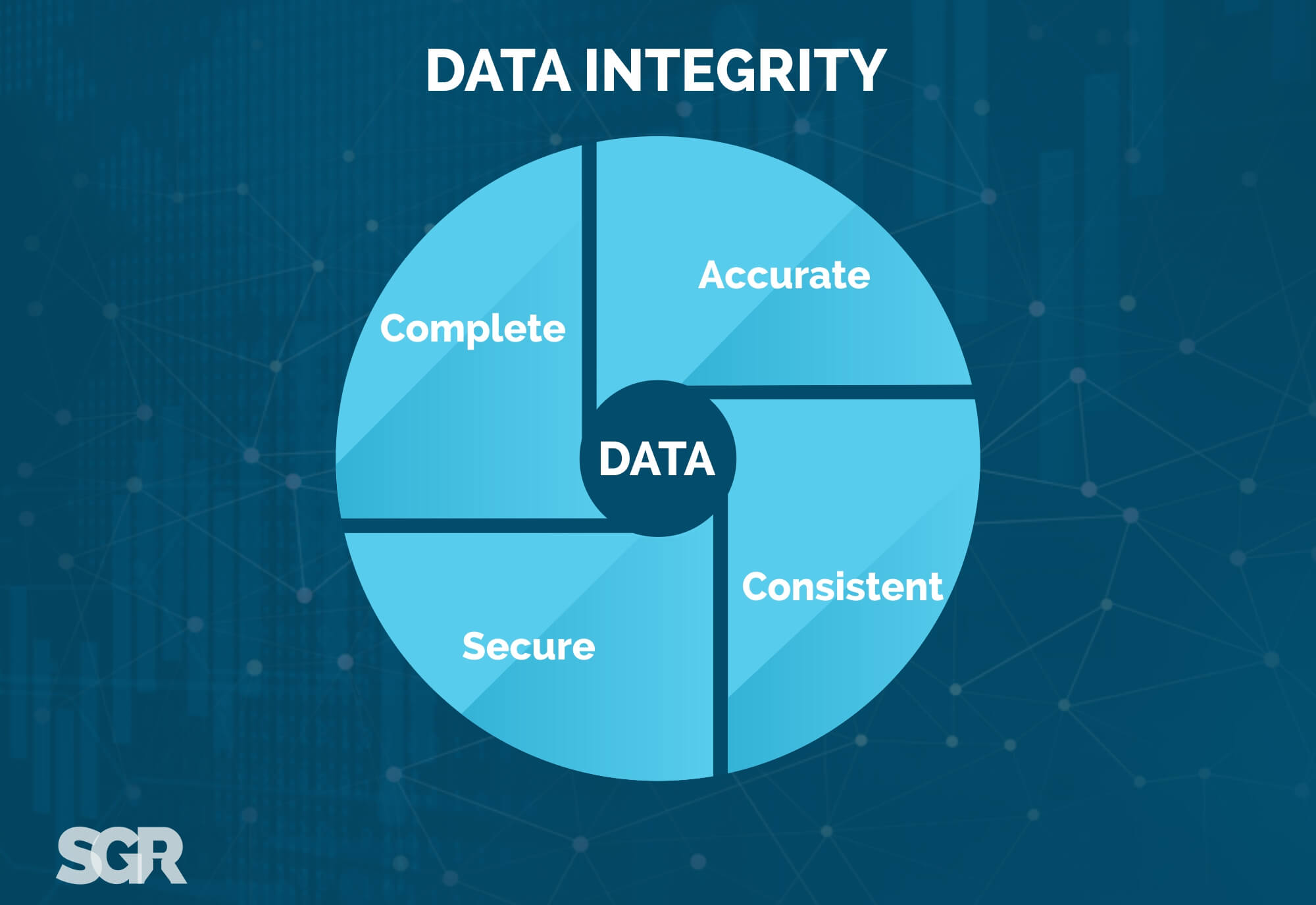
Importance of Data Integrity and Errors Compromising it
May 08, 2019
In industrial laboratory the core objective of any analytical work is to produce reliable and scientifically accurate data. When the process is compromised the analyst is bound to obtain inaccurate results which affects the integrity of the data. Data integrity in the chromatography analysis is a key area of concern in the pharmaceutical industry. Technicians have linked it to the ease of data manipulation when conducting chromatographic analysis.
Since chromatographic data is susceptible to manipulation, regulation must be put in place to control and ensure accurate data is obtained. This is crucial as every industrial laboratory is expected to conform to the conditions and regulations of ISO 17025.
The article is posted to outline and explain the possible sources of errors that can compromise the integrity of the chromatographical analysis.
Recommendations have been mentioned to achieve data integrity.
1. Sampling and Sample Preparation
This is the first step in any analytical work. Since it is done manually there is a high risk of the data integrity being compromised. Ironically these procedures are usually left to the junior staff who have little or no knowledge on the importance of data integrity. Should a mistake arise the whole process will be fraud leading to decisions being made on the wrong data. This process needs to be regulated to ensure correct results.
2. Setting a Chromatograph and Acquisition of Data
Before any analytical work, it is mandatory to prepare the instrument and determine its efficiency. In regards to chromatography, calibration should be done first. The injection of samples should be done sequentially and managed. The mobile phase and career should be prepared to their highest purity. When loading the autosampler sample identification should be prioritized. The temperature, humidity and light intensity should also be controlled to acquire the best results. Lastly, analyzed data should be handled carefully in terms of storage to avoid any manipulations.
3. Integration and Interpretation of Data
It is a regulatory requirement for the control of chromatographic integration. If reinforced it will eliminate cases of undocumented manipulation of data by changing interrogation parameters and re-labeling of peaks. Data interpretation should be done with top-notch precision to avoid interfering with the obtained values. Strict and monitored integration will lock out falsifying practices like skimming and enhancing thereby ensuring the integrity of the data is upheld.
4. Presentation of Results
All calculations should be noted and recorded either electronically or in print media. Manual recording of calculation is error-prone and should, therefore, be avoided. The use of calculation monitoring software should also be enhanced in order to flag any changes made at any step. This will aid in the review section in determining the merit of the procedure and the result obtained.
5. Review
A second party review is highly recommended to ascertain whether the entire chromatographic process strictly adhered to the SOP and set regulations. This is also instrumental in fishing out falsified results and any manipulated procedure that would have interfered with the integrity of the data obtained. If the review approves the process, then the analyst can boast of achieving 100% data integrity.
Shree Ganesh Remedies Limited has always focused research and quality control at its R&D centre for product quality and new product development. We have chemical reaction technologies to deliver customised contract manufacturing of drug intermediates to our global clients.
Explore Research and Quality Control of Pharmaceuticals at SGRL
Manufacturing Facilities for Pharmaceutical Intermediates & Fine Chemicals
SGRL is one of the leading manufacturer of 1-(2-Chloroethyl)pyrrolidine hydrochloride CAS No: 7250-67-1 and Dibenzosuberone CAS No: 1210-35-1